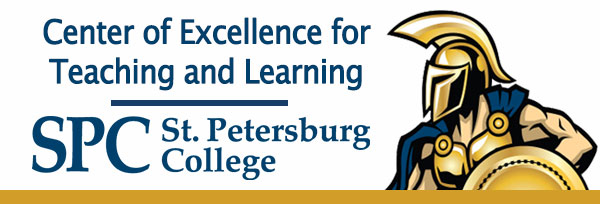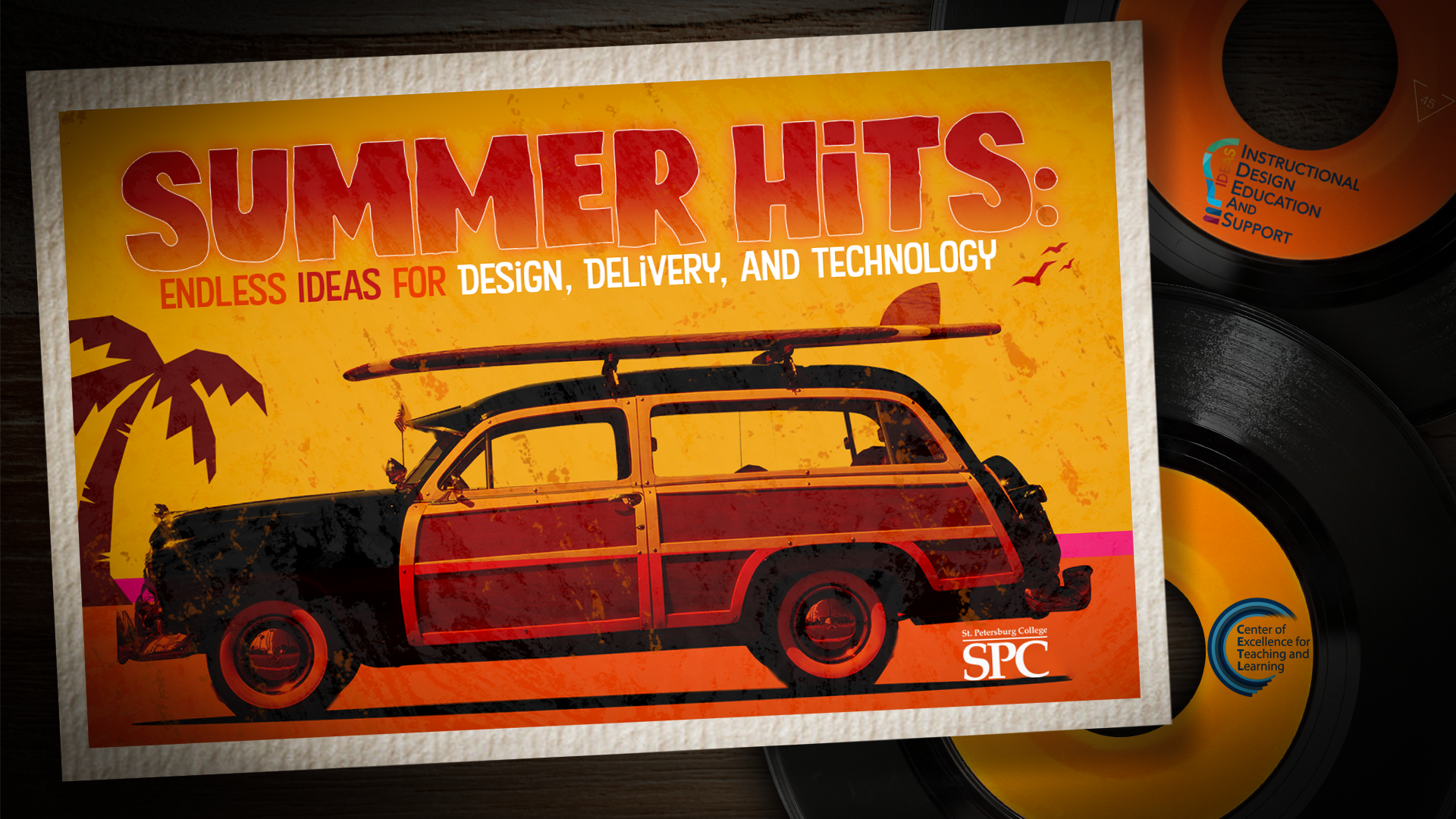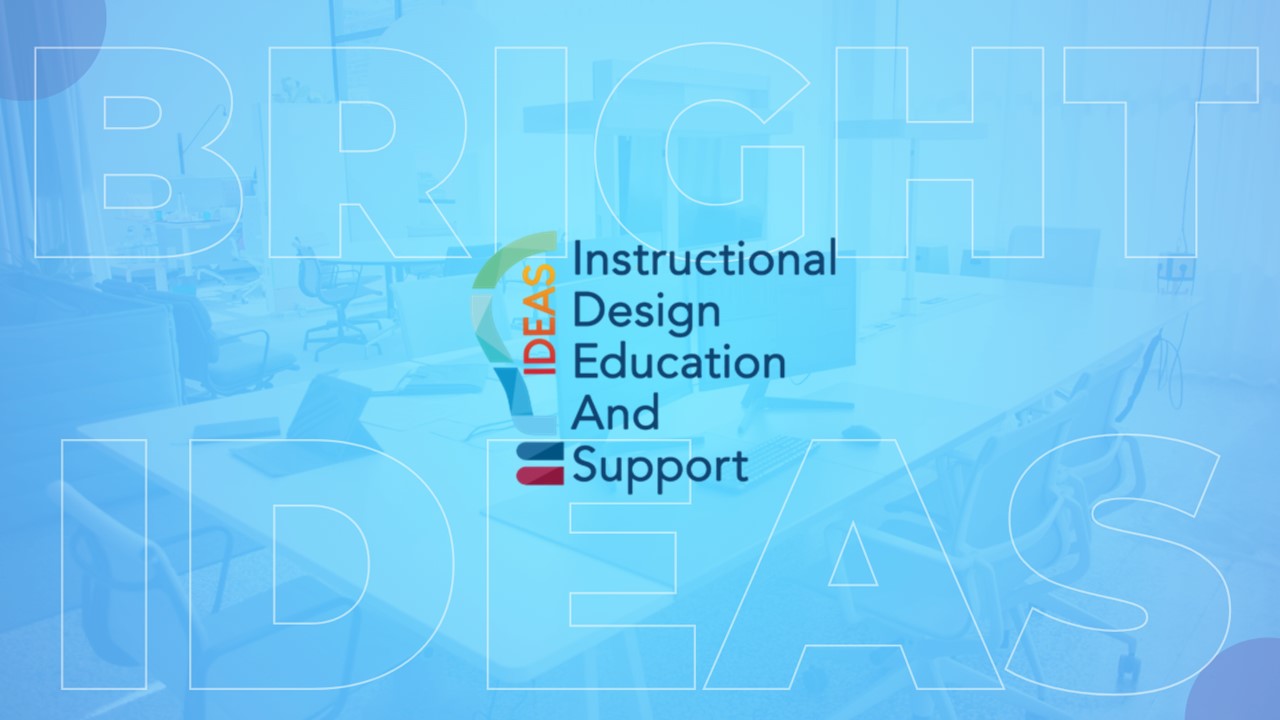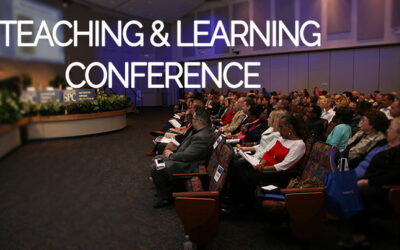Summer Institute Session 2:
Worked Examples
“A worked example is a step-by-step demonstration of how to perform a task or how to solve a problem”
(Clark, Nguyen, Sweller, 2006, p. 190).
In the second session of the inaugural day for Summer Institute 2022, participants had the opportunity to experience examples, strategies, and participate in some hands on practice of how worked examples can be utilized for developing content and activities for online, face-to-face, and blended courses.
The session began with some video examples, roughly mapping worked examples starting in everyday life then moving to some modern tech possibilities such as using modern video platforms to meet students where they’re at.
The cognitive load theory supporting use of worked examples was explained and a wide variety of worked examples were shown, including the research/theories behind them. Some examples include:
- “Worked examples are designed to support initial acquisition of cognitive skills through introducing a formulated problem, solution steps and the final solution”. (Renkl, 2005)
- In a study of Chemistry students: “Worked example study required 46-68% less time in Experiment 1 and 48-69% less In Experiment 2 than the other instructional approaches.” (Mclaren, Got, Ganoe, Karabinos, Yaron, 2015)
- Correct & contrasting schema were better than no schema – yet equal to each other. (Yan, J., & Lavigne, N. C. (2014))
Delivery options and tools were discussed, including Panopto (video software) and Sway (Microsoft presentation software).
Attendees then participated in a hands-on activity with Sway to create worked examples by adding text and multimedia content to an equation template and a presentation template, illustrating one method to quickly add dynamic, responsive, embeddable worked examples into a course.
Worked Examples – Presentation Framework
- What is a Worked Example? Definition of worked examples and the various formats they can take.
- Cognitive Load: Worked examples help to reduce the cognitive load for students so they can more readily absorb the new information and facilitate optimum learning.
- Types of Worked Examples: Various types of worked examples provide a wide range of possibilities. Some of the options include: faded worked examples, self-explanation, peer learning, including incorrect examples, and multiple option examples.
- Delivery Options & Tools: Delivery options and tools vary. Two of the more engaging choices, Panopto and Sway are detailed with video examples.
- Hands on Group Activity (Sway): Participants gain experience adding content to a Sway template. Sway is a Microsoft application that creates embeddable, responsive online presentations. One excellent advantage of embedded content is changing the master file immediately changes all instances of the presentation across the LMS, removing the need to manually upload a revised file to the course.
View the recording of the Worked Examples presentation.
For more information, contact the IDEAS team: IDEAS@spcollege.edu






